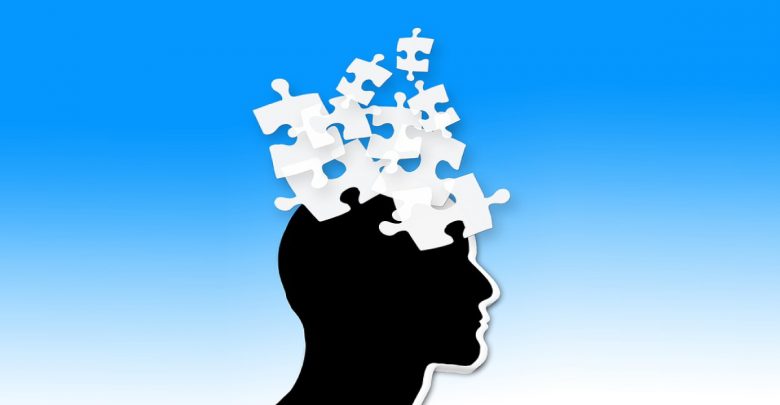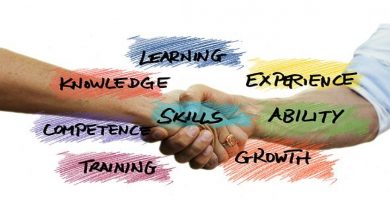Looking into the wider needs in a learning experience: Training Needs Assessment (TNA) model.

Introduction: The training development should always be based on learners’ needs and how to fulfill them in a significant giveaway. Based on learners’ needs, we develop the learning objectives of the training and the methods/activities that are functional to their achievements.
When we discuss learners’ needs and methodology for assessing them, we open a wide theoretical and practical chapter that we will analyze in this article and the ones that are referring to: “Skills to assess/analyze learners’ needs” and “Skills to adjust the educational approach to learners’ needs.”
I choose this tool, because as a trainer it is important that the educational methods and concepts are behind the needs assessment. Furthermore, we can look differently to the needs of participants in a training course following different angles of observation or items of analysis. We should be aware of which kind of approach we are following and how this will influence our definition of objectives and methods.
Training should be the answer to learners’ needs within their context. Being able to apply a different methodology to understand the learners’ needs is fundamental, in order to deliver a training that can provide a change in participants. It might seem self-evident that the need to learn should underpin any educational system. Indeed, the literature suggests that, at least with continuing professional development, learning is more likely to lead to a change in practice when the needs assessment has been conducted. The education is linked to practice. Personal incentive drives the educational effort and there is some reinforcement of the learning process.
Main content:
A “Needs Assessment” is a systematic approach that progresses through a defined series of phases. Needs Assessment focuses on the ends (i.e., outcomes) to be attained, rather than the means (i.e., process). For example, reading achievement is an outcome whereas reading instruction is a means toward that end. It gathers data utilizing established procedures and methods designed for specific purposes. The types and scope of methods are selected to fit the purposes and context of the needs assessment. The needs assessment sets priorities and determines criteria for solutions.
There are different models of Needs Assessment that we can find and work with. Here we are introducing, among other possibilities, the TNA.
Why do we need a Training Needs Assessment?
First, identify the dissatisfaction with the current situation and desire for change as similarities among the requests. Each request implies that a gap or discrepancy exists between what is and what could be or should be. A learning or performance gap between the current and desired condition is called “a need”. TNA aims at the following situations:
- Solving a current problem.
- Avoiding a past or current problem.
- Creating or taking advantage of a future opportunity
- Providing learning, development or growth
The Purpose of TNA
Why
conduct the training: to tie the performance deficiency to a working need and to be sure the benefits of conducting the training are greater than the problems being caused by the performance deficiency. Conduct two types of analysis to answer this question: (1) “needs” versus “wants” analysis and (2) feasibility analysis.
Who
is involved in the training: involve appropriate parties to solve the deficiency. Conduct a target population analysis to learn as much as possible about those involved in the deficiency and how to customize a training program to capture their interest.
How
can the performance deficiency be fixed: can a training fix the performance deficiency or can other remediation be suggested if the training is not appropriate? Conduct a performance analysis to identify what skill deficiency can be fixed by a “training remedy”.
What
is the best way to perform: is there a better or preferred way to do a task in order to get the best results? Are job performance standards set by the organization? Are there governmental regulations to consider when completing the task in a required manner? Conduct a task analysis to identify the best way to perform.
When
will the training take place: set the appropriate timing to deliver a training, because attendance at training can be impacted by work cycles, holidays, and so forth? Conduct a contextual analysis to answer logistics questions.
(Source: Jean Barbazette, 2006, Training Needs Assessment: Methods, Tools and Techniques)
Four steps in training need analysis
A training needs diagnosis which leads to the implementation of a training strategy should cover four essential elements:
a) running a gap analysis (gaps between the status quo and the desirable state),
b) identifying the reasons behind problems, their consequences and background,
c) identifying the validity of training activities and the hierarchy of their importance for the organization,
d) identifying the scope and topics of training and possible organizational solutions.
Exercises:
How to apply it in everyday life:
- When I am deciding to run a workshop, propose a training course or any activity, I suggest to ask yourselves at least these several questions before starting:
- Why this activity is important?
- Do I know if this activity is important for the beneficiaries/participants and the organizers or only for one of the parts?
- How I defined my objectives? Based on which information?
Reflection questions:
- How much am I taking into consideration these elements (or some of them) when I am designing a training?
- How do I prepare the evaluation of needs for a training course?
- How much can I read the real need for training in a local community/for a contractor?
- What would I need for being able to run a TNA for any training activity?






